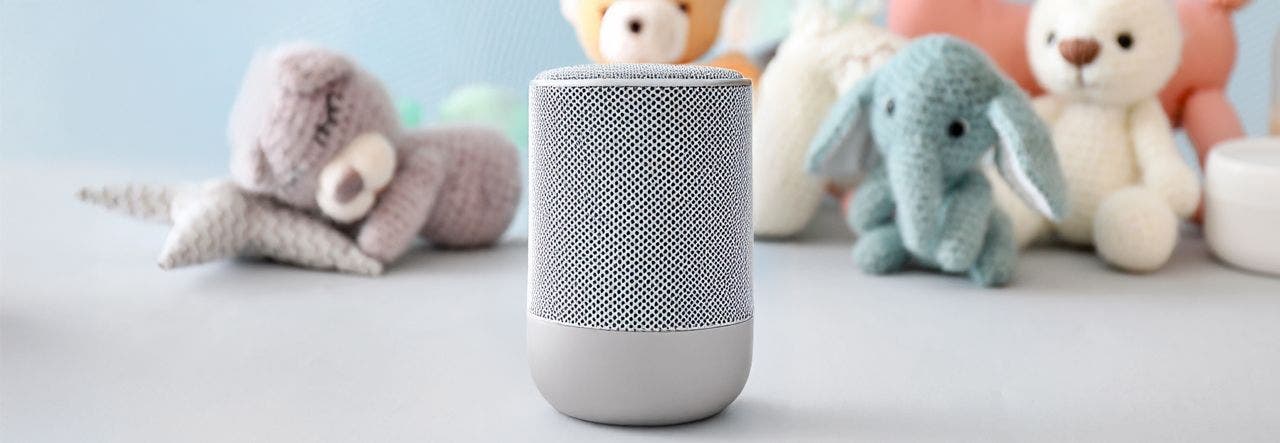Can White Noise Help Your Baby Sleep? A Guide for Parents
Those precious moments of peace when your little one finally drifts off to sleep ... if only they happened more often! As parents, we know that bedtime can feel like climbing a mountain some nights. You may have heard other parents rave about white noise. While it sounds like a dream come true, we know you want to make sure any sleep solution is safe. The goal is to create the coziest, safest sleep environment for your baby, and we’re here to help! Let’s talk all things white noise for babies to help you make the best decision for your family.
Why Do Babies Like White Noise?
Your little one came into the world familiar with background sounds. The womb was far from a quiet place, with noise levels between 72 to 88 decibels (similar to the sound of your shower running or a soft vacuum cleaner). After months of being surrounded by Mama’s symphony, the sudden quiet and noise of the world feels different. Research shows that white noise helps recreate womb-like sounds your baby remembers. Think of it as a gentle audio blanket. These sounds can help your baby feel secure like they did in their first cozy home.
Does White Noise Actually Help Babies Sleep?
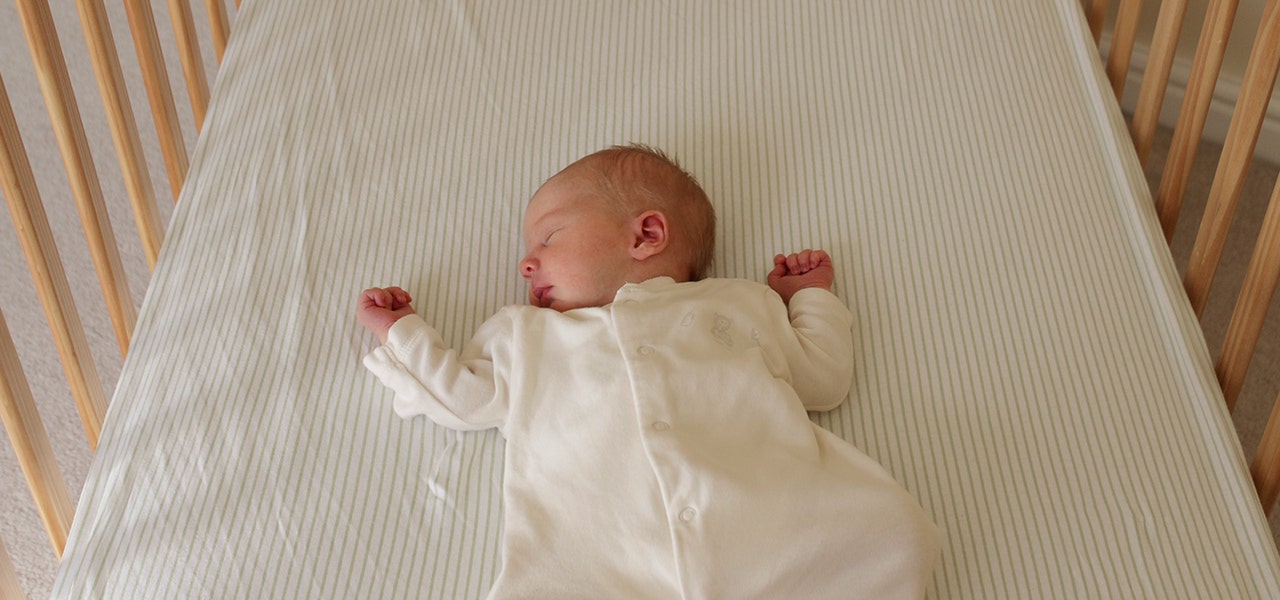

Research confirms that white noise helps babies sleep. One study found that 80% of babies fell asleep within five minutes of using white noise. Only 25% dozed off that quickly without it. That's quite a difference! Another study found that white noise increased baby’s sleep time and reduced crying time more effectively than other methods, like swinging.
Why does white noise work? At the right decibel, it mimics the familiar environment of the womb. It also masks those surprise sounds that can jolt your little one awake. This is especially helpful during light sleep cycles when babies are most easily disturbed. Better sleep for baby means better sleep for everyone.
Creating a safe sleep environment involves many careful decisions. Start with the foundation of better sleep – safer, breathable crib mattresses (from Lullaby Earth!).
Pros and Cons of White Noise for Baby Sleep
Thinking about trying white noise? Here's what parents should know about the ups and downs.
The Benefits of White Noise for Sleeping Babies
White noise can help your baby drift off to sleep faster. Those soothing sounds also mean fewer tears at bedtime, which is always a win for both baby and parents! It's especially helpful for families with busy households, where older siblings' playtime might overlap with baby's naptime.
What To Keep In Mind
The most important thing is keeping those little ears safe by using white noise properly. Volume levels that are too loud can affect your baby's hearing development. Every baby is unique. While some littles find white noise soothing, others might not respond to it at all. Though it can be a helpful sleep tool, you also don't want your baby to depend on it to fall asleep – or you might stop a habit that's hard to break and could harm your baby's sleep skills.
Safe White Noise for Babies: A Parent's Guide
Ready to try white noise with your little one? The American Academy of Pediatrics (AAP) provided helpful guidelines to protect precious developing ears.
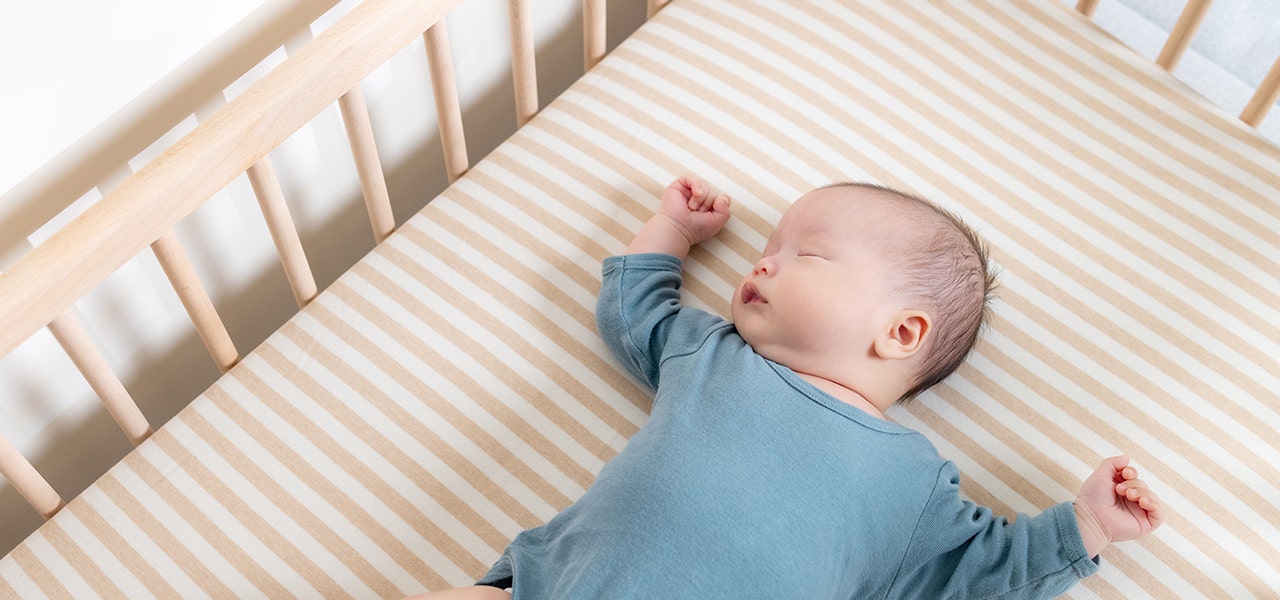

Setting Up Safely: Volume and Distance
Keep your white noise machine at or below 50 decibels – about as loud as a soft shower or quiet dishwasher. If you can comfortably have a conversation without raising your voice, you're likely in a safe range. Place any white noise machine at least 7 feet from your baby's sleep space, ideally on a dresser or shelf across the room.
Using White Noise Effectively
Start with the lowest effective volume. You only need it loud enough to mask disruptive sounds. Many parents find it helpful to use a slightly higher volume while settling their little one, then turning it down and finally off once baby is asleep. Some machines come with a timer, or you can monitor your baby and turn it off once they're in deep sleep.
Quick Safety Tips:
This quick safety checklist can help:
- Use a sound level meter app to double-check the volume
- Never place the machine in or right next to the crib
- White noise should gently mask background noise, not overwhelm it
- Limit extended use (over 8 hours) at higher volumes
Phasing Out White Noise
When the time comes (typically around 18-24 months, but every baby is different!), take it slow. Gradually lower the volume over a couple of weeks. Some parents find switching to softer sounds like gentle rainfall helps with the transition. Remember, there's no rush. Follow your little one's cues and adjust as needed.
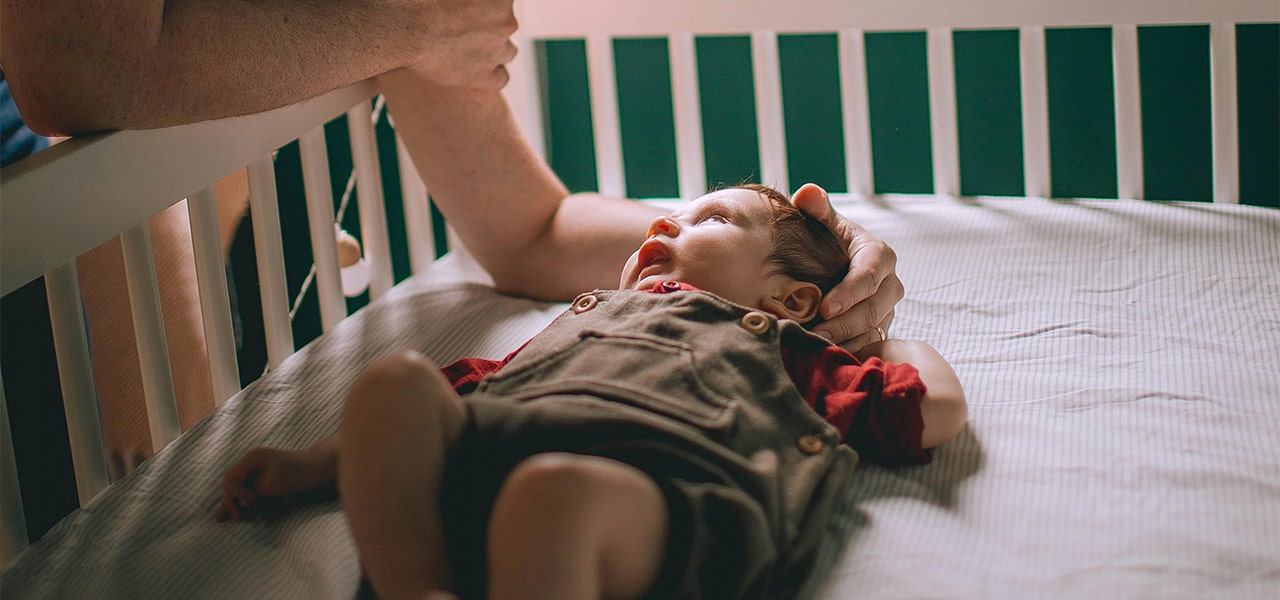

Creating the Best Sleep Environment for Your Little One
Babies are unique in what helps them drift off to sleep. White noise might be a great solution for some little ones, while others prefer different soothing methods. Remeber: the most important thing is creating a safe, comfortable sleep environment that works for your family. White noise is just one tool you can use. Whether you decide to try it or not, you're doing a great job looking out for your little dreamer’s sleep needs!
Check out our other tips for creating a sleep-inducing nursery for your little one.

 Baby
Baby
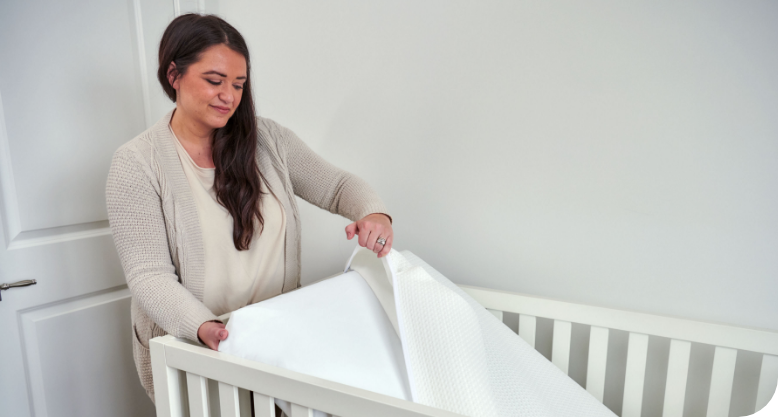
 Kids
Kids
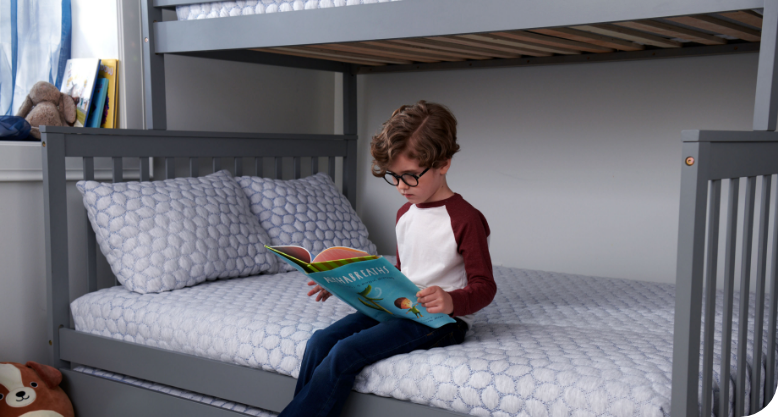
 Learn
Learn
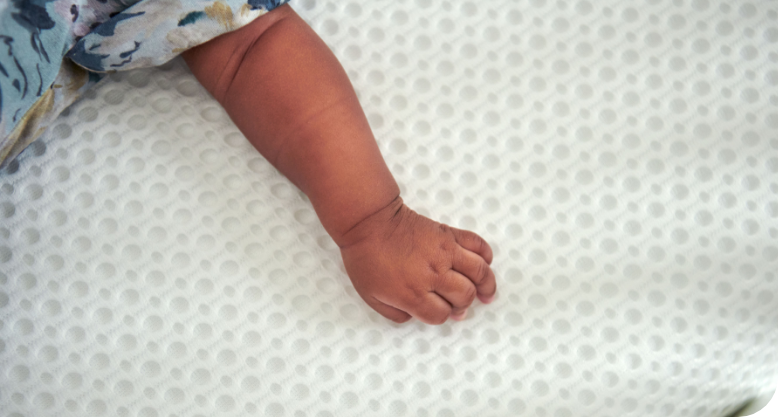
 FIND A STORE
FIND A STORE CONTACT
CONTACT